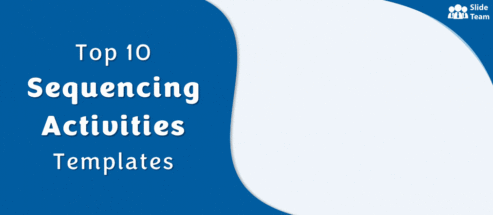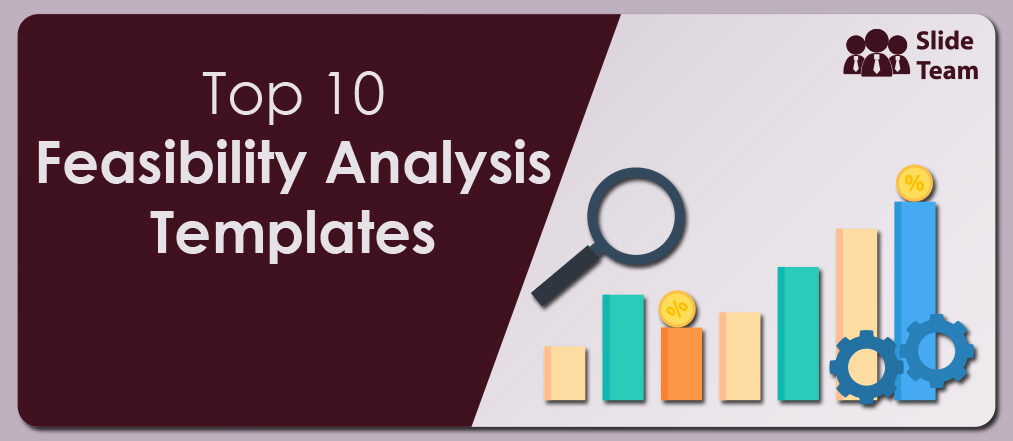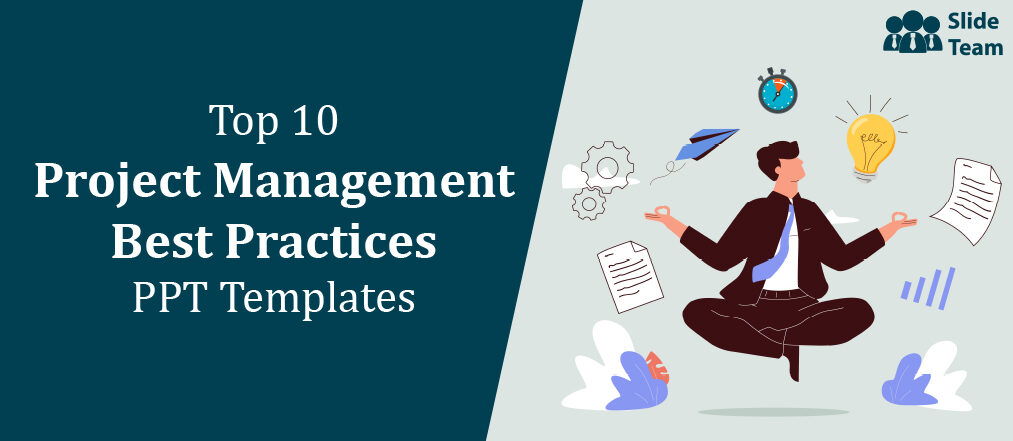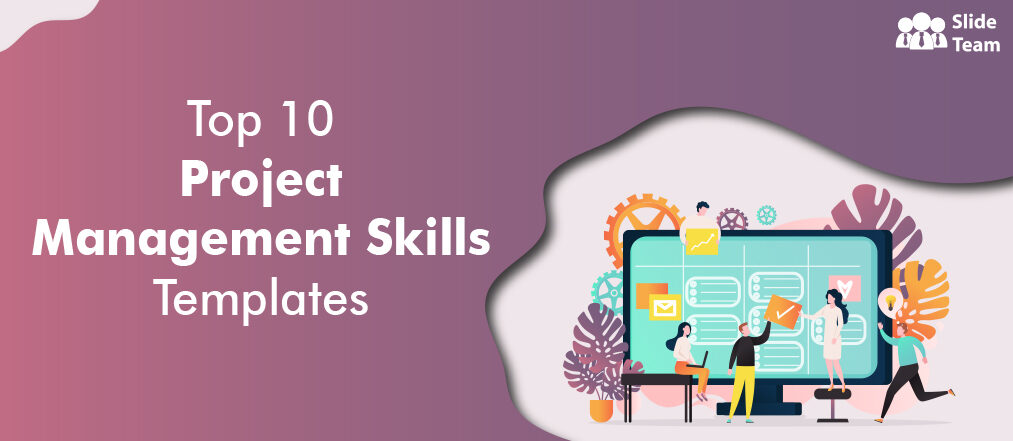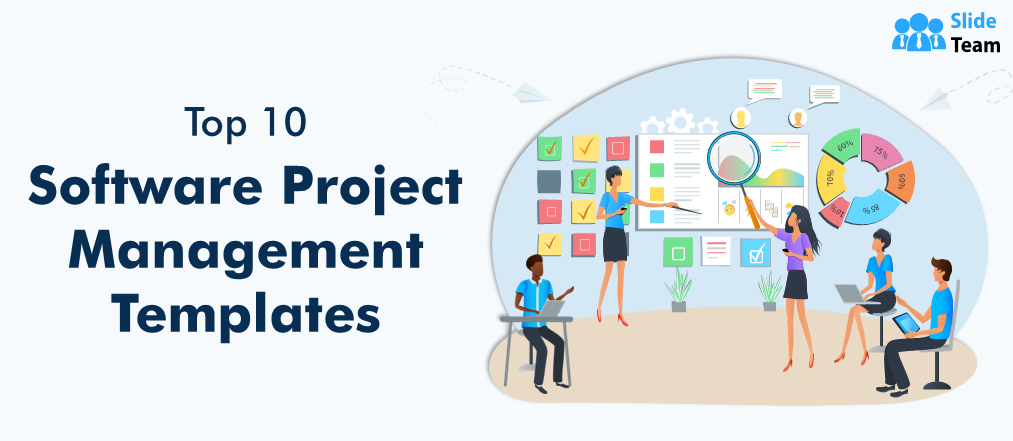The Great Pyramid of Giza, the Great Wall of China, and the Hoover Dam in the United States are examples of exceptional project management. This process of managing projects has existed for thousands of years. Today, such project management frameworks have evolved into one of the most popular business tools of the modern world. It guides a team to achieve project goals within constraints.
Check out our Project Management Dashboard Templates to help you review campaigns, product launches, and development programs and deliver optimum results.
Project management as a discipline includes a framework to give life to an idea and start work on the ground. Businesses employ many project management frameworks such as Agile, Scrum, PRINCE2, Integrated Project Management (IPM), Waterfall, and Lean to shorten project timelines and increase project effectiveness. These frameworks provide steps, tasks, and tools to help businesses complete projects.
This blog offers the appropriate perspective on the applications and direction for implementation strategies in project management. The Top 5 Project Management Framework Templates from SlideTeam include a list of processes to help your business monitor the development of each project. These templates are useful for outlining procedures and estimating equipment and resources needed to complete tasks as project execution gains momentum.
Want to streamline and manage the software development project process in your business? Click here.
Use these ready-made framework templates to support your process and organizational-wide improvement initiatives for project deployment.
Maximize the benefits of adopting a framework with SlideTeam’s world-class PowerPoint Templates!
Template 1: Mckinsey 7s Strategic Framework Project Management PPT
The McKinsey 7s Framework offers a tried-and-true framework for determining whether a company is primed to achieve results. Use this pre-made PowerPoint Template to incorporate best business practices into your project. It comprises strategy, structure, systems, common values, style, staff, and project planning expertise. The infographics will assist your company in managing alignment by examining key areas and contributing to project deliverables. Use the deck as a strong tool to implement a new strategy or change entrenched ways of working. Get it now!
Template 2: Adopting Agile Framework and Estimation Technique for Project Management Template
Want to apply the best practices for change management and consistent Agile principles? Use this PowerPoint Template to establish needs for your company’s project management procedure. With the appropriate project deliverables and key objectives, this comprehensive deck assists organizations in outlining the project planning process. It assists businesses in bringing forth difficulties encountered in past projects and suggests remedies by incorporating the plan into the scrum and the Kanban Process Workflow. This PowerPoint Presentation features a monthly agile project plan, a communication plan, and suggestions for removing obstacles to agile adoption. With this download, adapt and streamline your projects and make a name for yourself in project management efficiency. Get it now!
Template 3: Five Phases of Project Management Framework PPT
Establish a timely, structured strategy that benefits project participants. Use this PPT Template to demonstrate the five stages of the project management process. This provides a complete visual analysis tool for assessing activities, major control methodologies, and project lifecycle. The PowerPoint Slide depicts the project planning process as being separated into manageable stages, each with its own objectives and deliverables, such as discovery, initiation, planning, execution, and completion. The business may monitor each stage’s success rate and preserve output quality by being aware of the gate criteria and key indicators. Save it now!
Template 4: Project Management Framework in Software Project Improvement PPT
Use this pre-made PPT Template to provide an overview of the software project management framework to increase its adoption and effectiveness. This slide is useful for guiding software organizations in process improvement, as well as assessment and evaluation methods for Scrum and Gantt charts. Use it as a discussion and navigation tool for requirement management, risk management, organizational training, and project management. This PowerPoint Presentation provides a qualitative understanding of the software process for producing quality products and delivering outstanding services that delight customers. Download now!
Template 5: IT Project Management Framework with Monitor and Control
Use this PPT Template to demonstrate concepts, methods, and tools that assist teams in achieving IT project goals. This slide discusses the tools, purpose, and value of the project and metrics such as intake, initiation, planning, execution, and closure to balance needs across business verticals. This is appropriate for a business case, charter, work breakdown structure, transition plan, and other documents. It allows you to explain the specifics of project tasks that must be finished one at a time to bridge gaps, if any. Download now!
Focus on people, resources, and physical spacing.
A comprehensive project management framework adds structure to any project. It provides transparency and clarity to the team and stakeholders as they move toward project goals. Use SlideTeam’s project management ppt Templates to incorporate a set of standard project management processes and tools to improve organizational performance, communication, and cohesion across departments or projects.
P.S. Explore our guide on Project Management Cycle to keeping your project on track with no waste of resources, time, or money.
FAQs On Project Management Framework
1. What are the elements of a project management framework?
A project management framework is a detailed plan for handling tasks. Its three key elements are the project life cycle processes, project control, and tools. They serve as pillars for helping you create a dependable, systematic process for managing your projects. The process can be controlled, and project management techniques can be applied, allowing the project to be completed on schedule and with the required quality.
A) Project life cycle processes: Every phase of the project management life cycle is included in it:
- Prior planning to assess requirements, dangers, and project viability.
- Determining project teams and arranging project operations into repeatable workflows and tasks to execute strategy and complete the project.
- Constant checks to ensure you’re heading in the right direction and making modifications in response to internal or external changes.
- Completing a project successfully, establishing closure, and making necessary upgrades or replacements.
B) Project control cycle: This component entails the phase in which you direct your project. Both the project and the control cycle may be equally long. Project management indicators are employed during this phase to enable businesses to monitor team progress, spot potential hazards, and control stakeholder expectations.
C) Tools: It entails using visualization tools to gain a better understanding of the present state of your project. It helps project teams plan, monitor, and manage better so that they can collaborate and deliver smoothly on requirements.
2. What are the five stages of project management?
A project management life cycle is made up of five phases, including initiation, planning, execution, monitoring, and closure. These transform a project idea into a usable product, according to a guide, PMBOK Guide (Project Management Body of Knowledge) that the Project Management Institute (PMI) has released. They aid in figuring out the best course of action to complete your assignment.
A) Stage 1: Project Initiation
Project initiation starts with the issue of a mandate, which summarizes its goal and approves budget expenditure. The project initiation document (PID), which is created to provide the groundwork for your project, is a resource for the stages that follow.
B) Phase 2: Project Planning
Businesses create a roadmap during the planning phase. To organize teams, set collaborative resources, and set goals, the two most common approaches are the SMART method (specific, measurable, attainable, realistic, and timely) and the CLEAR method (collaborative, limited, emotional, appreciable, refinable).
C) Phase 3: Project Execution
Kick-off meetings, status reports, and updates on performance and monitoring are characteristics of this phase. The team creates and completes deliverables to put the project strategy into action during the execution phase.
D) Phase 4: Project Performance and Monitoring
Project monitoring and performance guarantee that project outcomes match the management plan. Businesses monitor the status and performance of their projects and resolve any problems that may develop. Key performance indicators (KPIs) are used by project managers to determine if the project is on track.
E) Phase 5: Project Close
A project is closed by an organization once it is complete, and post-project review meetings are held to evaluate successes and shortcomings. Teams gain insight into the areas that need improvement and may assess how well each department is performing.
3. What is the importance of a project management framework?
The project management framework provides standardized guidelines on roles, responsibilities, and processes involved in execution. The framework has these advantages:
- Provides uniformity to project planning and execution and aids in bringing accuracy and clarity to the project.
- It increases cooperation between the stakeholders and the PM team members using a unified and cooperative approach. This results in an improvement in the quality of the final product.
- It provides consistency and efficiency in the process because the team is aware of project complexities.
- As the team and stakeholders are closely involved, it offers a clear line of communication inside a corporation. This guarantees a seamless transition and effective execution of the project.


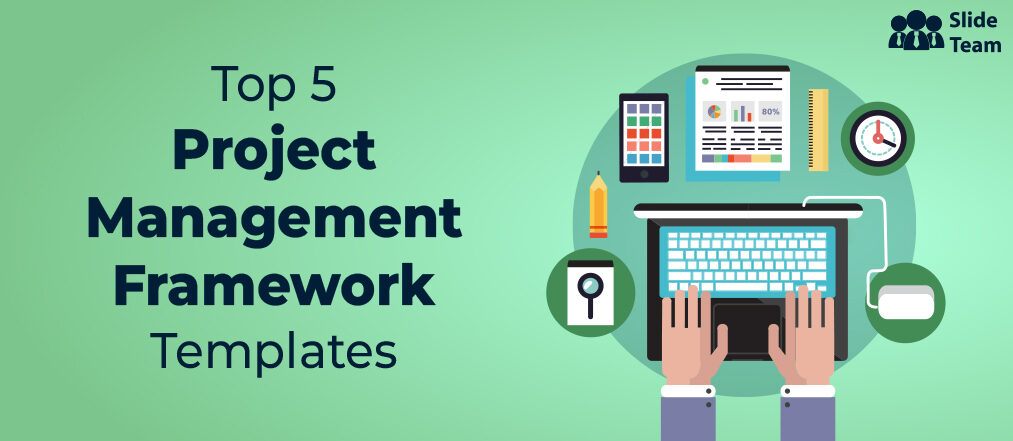


 Customer Reviews
Customer Reviews

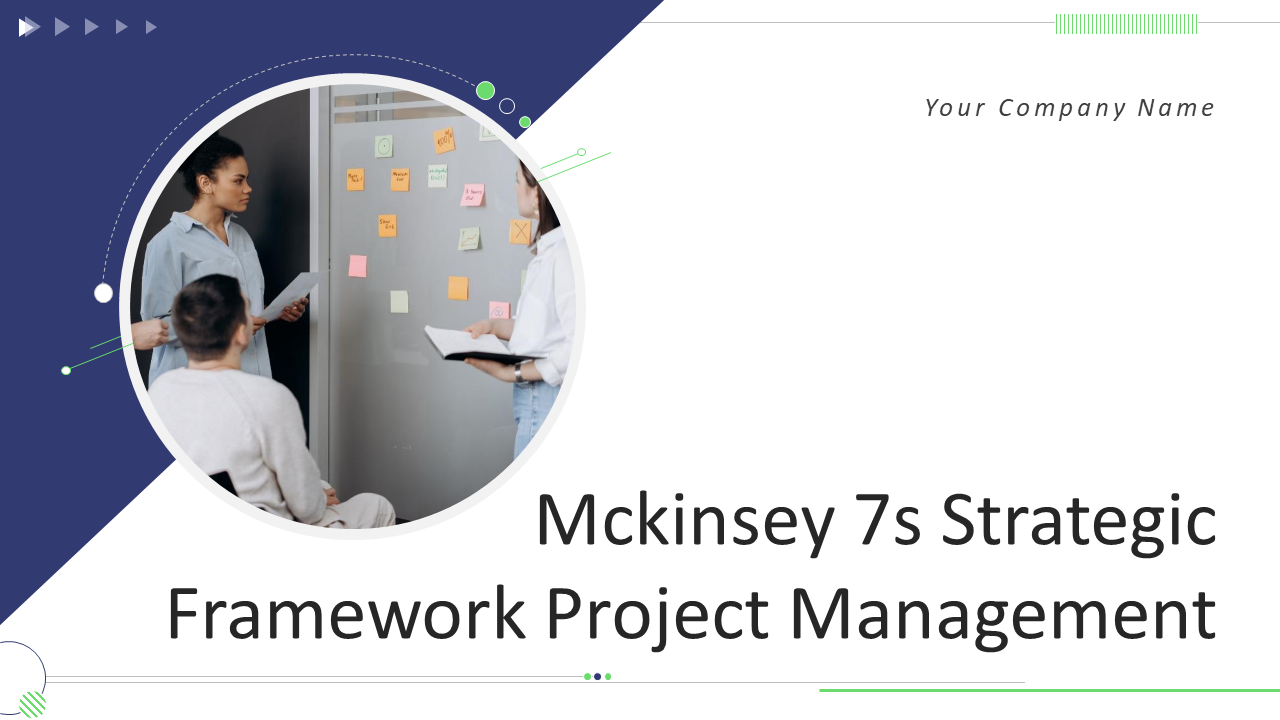
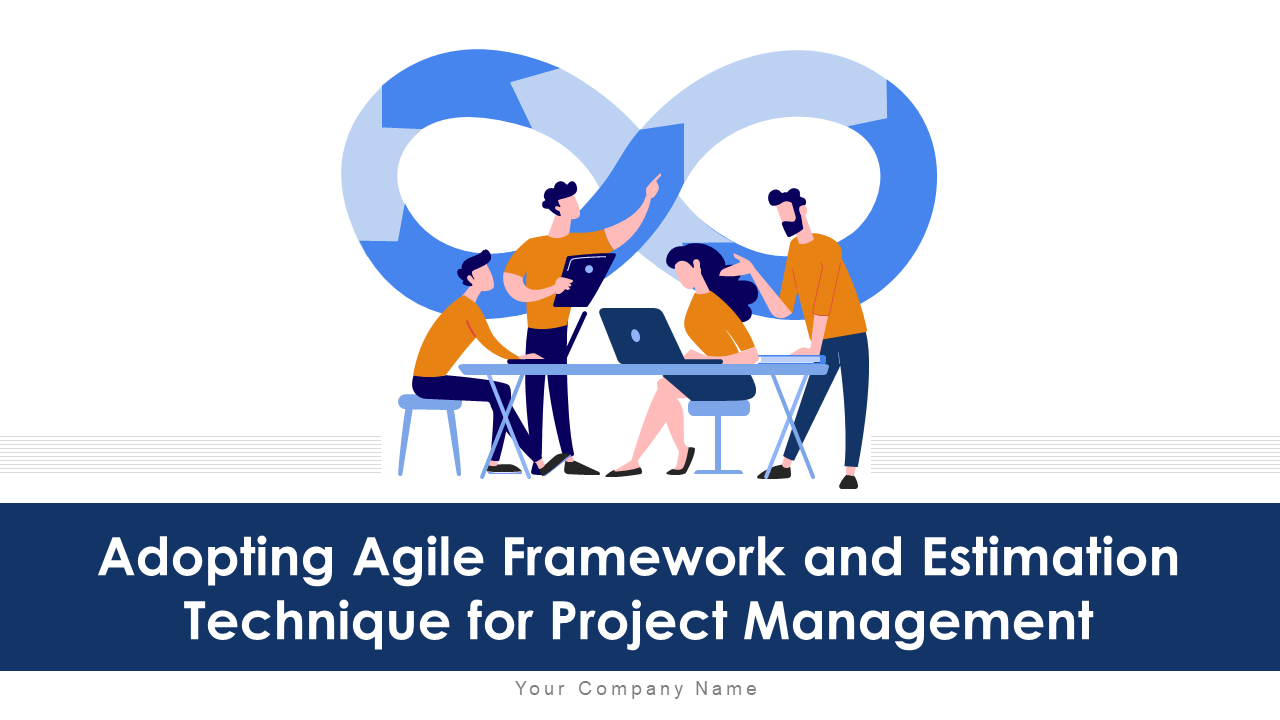
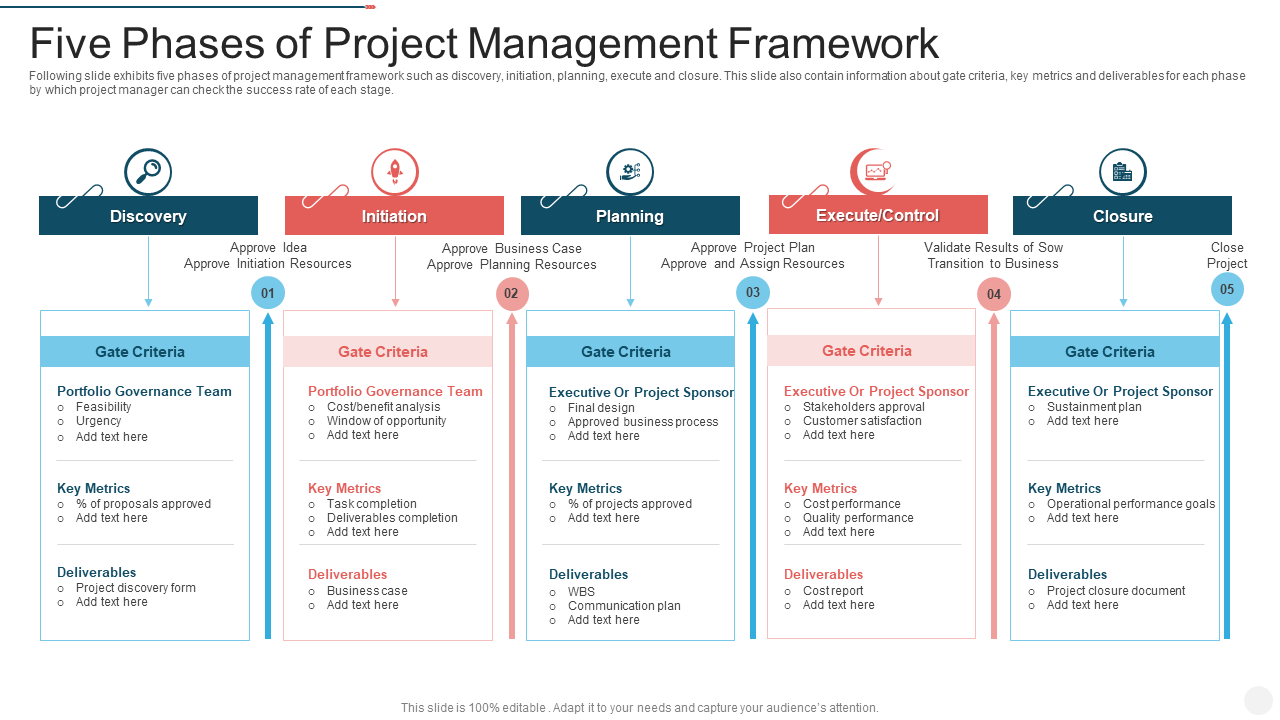
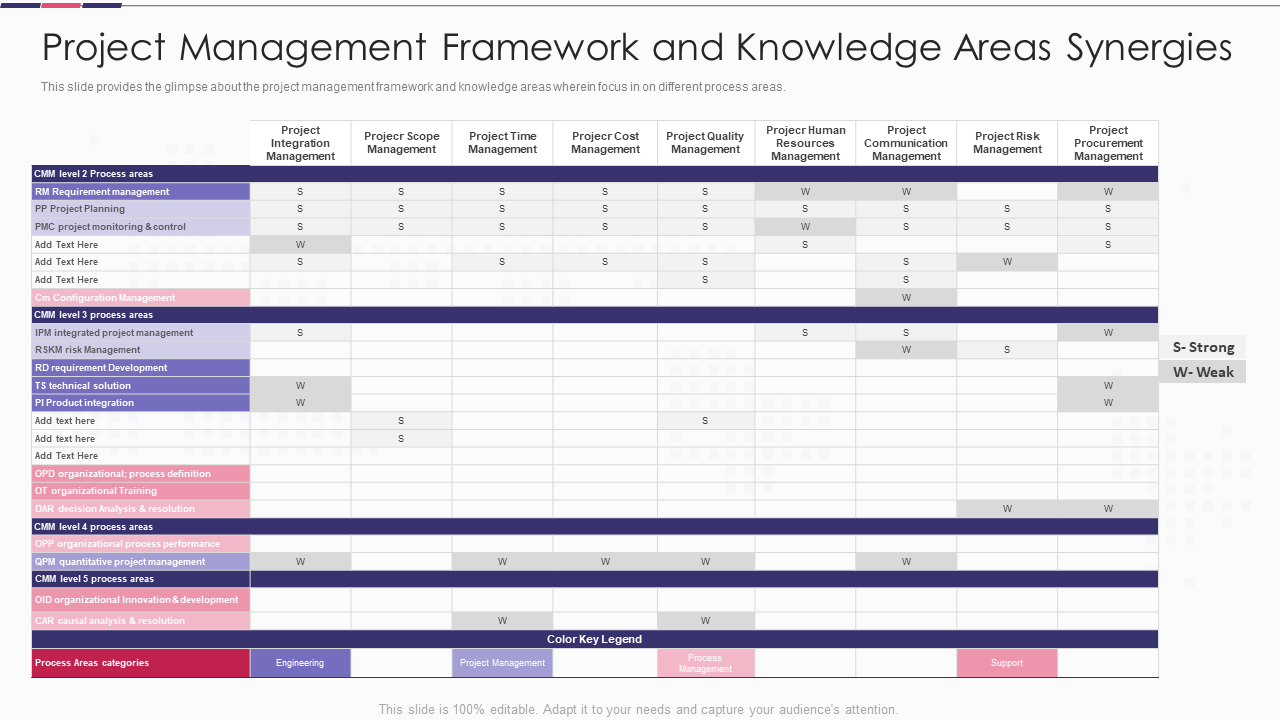
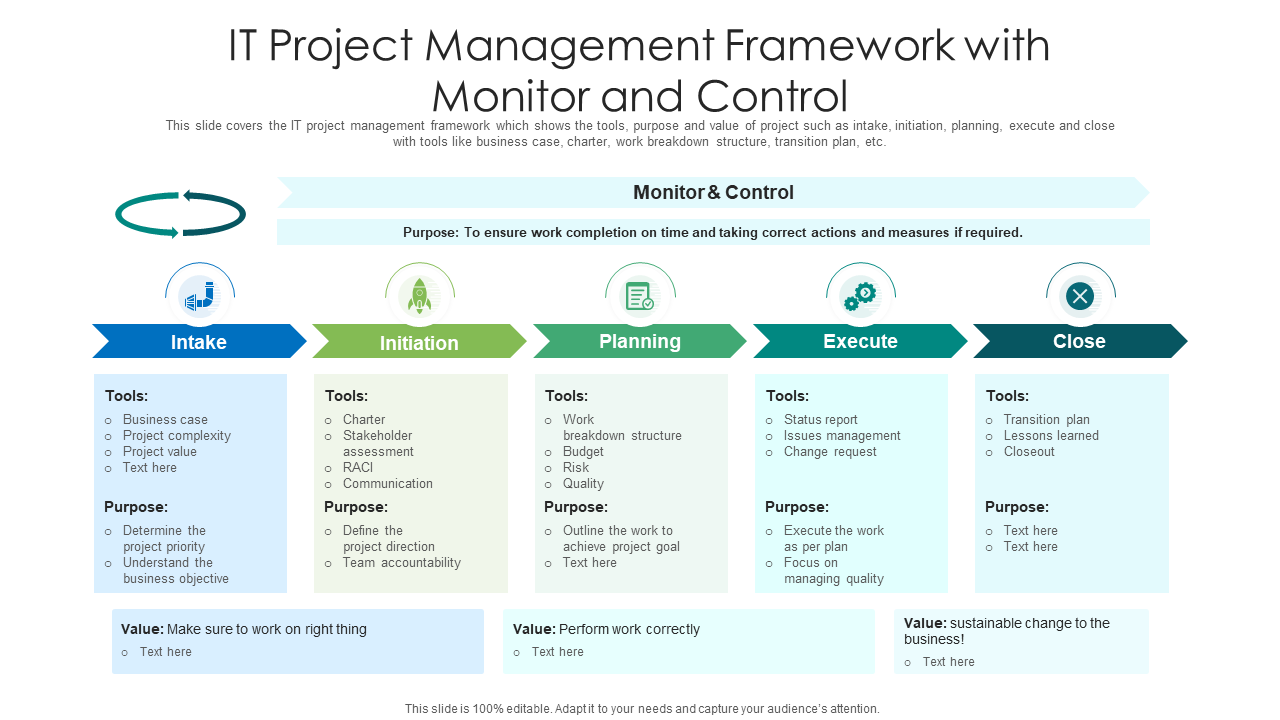



![How to Build an Effective Project Management Playbook? [Template Included] [Free PDF Attached]](https://www.slideteam.net/wp/wp-content/uploads/2022/06/30-1013x441.png)
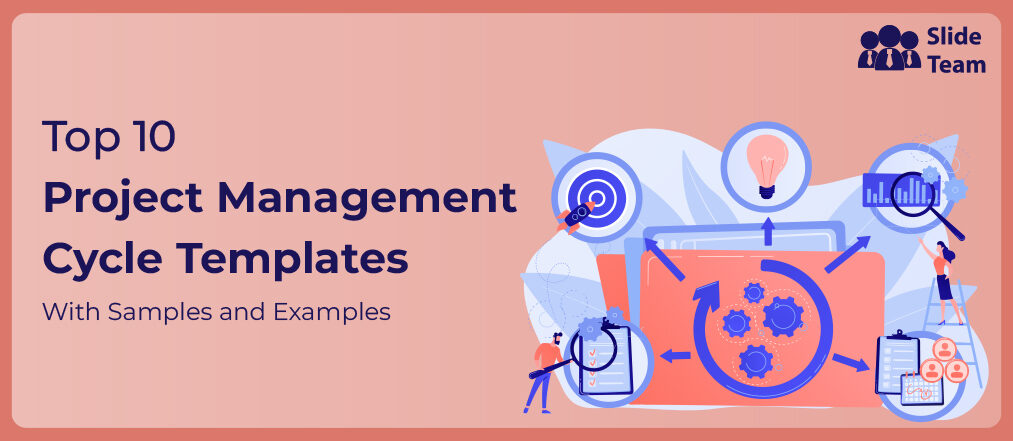
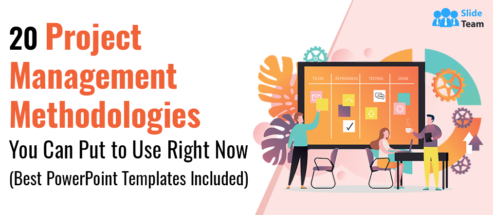
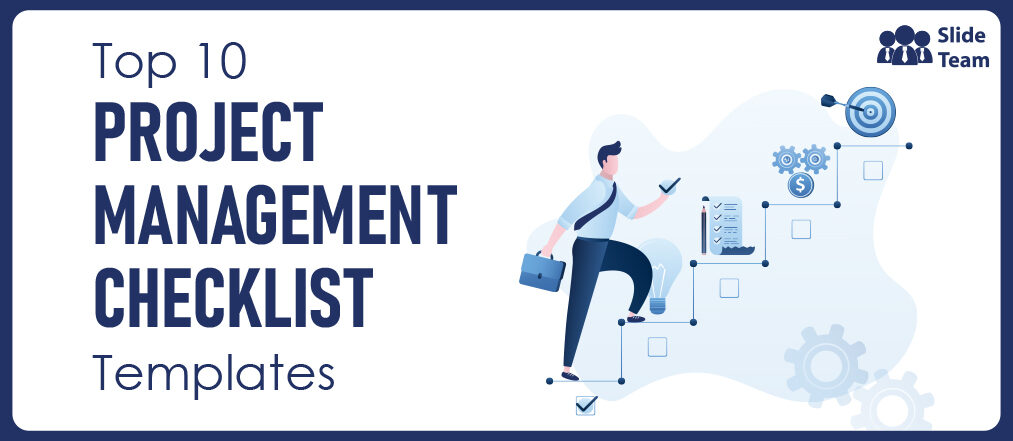
![[Updated 2023] Top 10 Project Charter Templates For Efficient Project Management](https://www.slideteam.net/wp/wp-content/uploads/2020/09/size1001-436-21-335x146.jpg)
